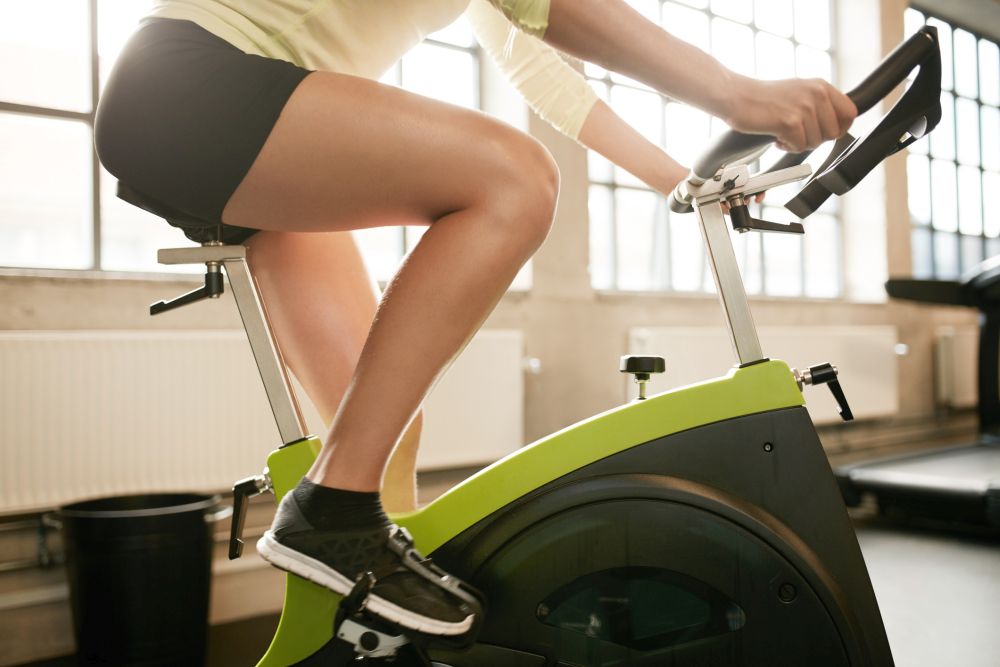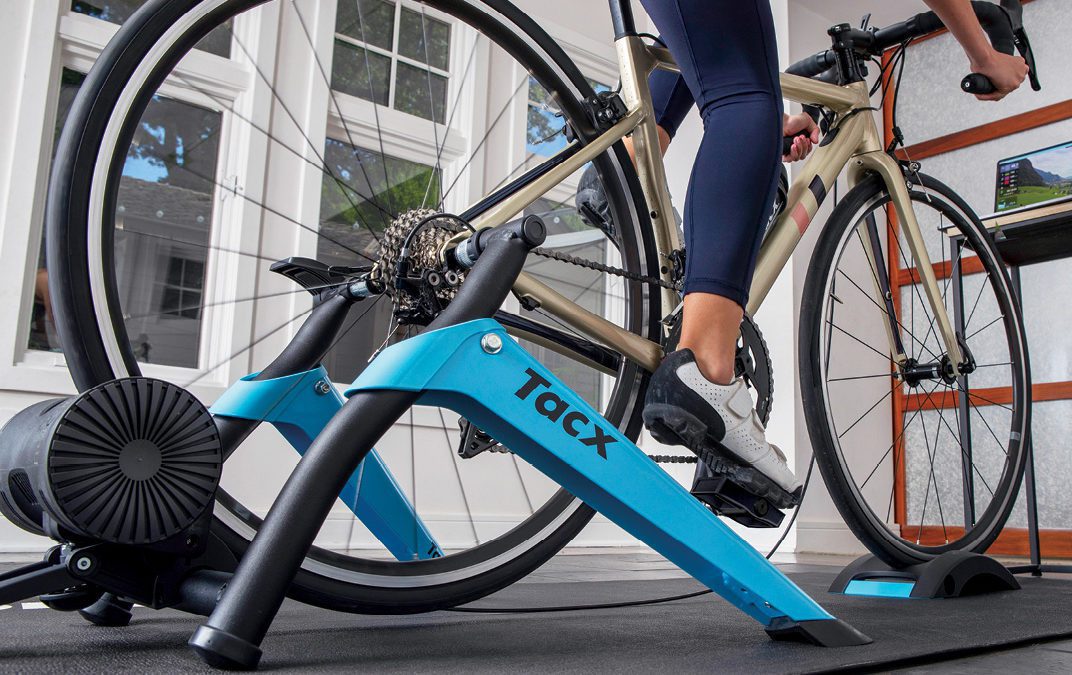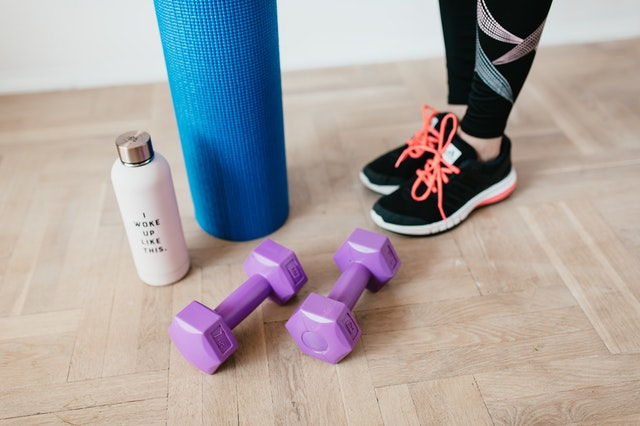5 affordable ways to cross train this winter
Don't want to shell out for a treadmill? Try these options instead when the weather gets bad

Whether it’s because of harsh weather conditions or nagging injuries, many Canadians will be spending some (or all) of their time cross-training this winter. With gyms in many regions of the country closed due to COVID-19, however, runners are left with very few options, unless they want to spend thousands of dollars on a treadmill for their home. If this is out of your price range, don’t panic. Here are a few more affordable options for runners who need to train indoors this winter.

Spin bike
Yes, there are some bikes that rival the cost of a treadmill. If you can do without the bells and whistles, however, you can cut your costs considerably. Depending on where you look, you can find spin bikes for less than $500, and as a bonus, their smaller size makes them a much better option for runners who have limited space in their homes or apartments.
Cycling is an excellent form of cross-training because it’s a great aerobic workout with much less impact. Whether you’re injured or not, incorporating some cycling into your program can improve your fitness and keep you healthy. Try this standing bike workout to mimic the action of running without the pounding on your body.
Bike trainer

If you already own a bike, a bike trainer is a perfect, low-cost option for winter cross-training. For the uninitiated, a bike trainer is a device that clamps to the rear axle of your bike and presses a resistance roller against the back tire so you can ride in place. Like the spin bike, you can spend well over $1,000 on a bike trainer, but for the average runner looking to do some cross-training, this isn’t necessary.
For a very basic trainer, you can spend less than $150, and if you’re looking for something a little more robust, you can still find something solid under $400. Before you purchase a bike trainer, remember to do your research and make sure you purchase one that will work well with your bike.
Cross-country skiing

Who says you have to head indoors when the winter weather hits? Embrace the winter with cross-country skiing. Depending on the style of skiing you choose, it can mimic the motion of running very closely (again, with less impact) and is a fantastic aerobic workout. If you live in an area with enough snow and accessible trails nearby, cross-country skiing is arguably the best way to cross-train, and the best part is, you still get to be outside.
Of course, as with all the other options on this list, you can spend thousands of dollars on skis, boots, bindings and other gear, but you don’t have to. If you want something basic, you can get a package including boots, bindings and waxless skis for less than $400, and if you can find a local ski swap near you, you may be able to knock that price down even further.
If you’re new to skiing and not sure if you want to fully commit to buying your own pair just yet, you can also rent the entire kit for the season, and many places will also allow single or multi-day rentals.
Walking

This option isn’t indoors, nor does it really work with the winter the way skiing does, but for an injured runner who can’t go to the gym and can’t afford a treadmill or indoor bike, walking is a gentle, low-impact way to get some fresh air and exercise while you can’t run. No, it won’t do much in the way of helping you maintain running fitness, but it will keep you moving and help you stay sane until you can run again. Besides, if you’ve never tried it, you don’t know how challenging high-stepping through the snow in 10 pounds of winter gear and sweaters can be.
Weight training

If you’re injured or the weather is preventing you from going outside and you’re not training for an early-spring race, now is the perfect time to shift your focus to strength training. The off-season is your opportunity to improve areas of weakness and build a strong, resilient body so you’ll be faster and more resistant to injuries when training starts back up again.
This can be a relatively inexpensive option as well. Unless you’re planning on putting together an entire gym set-up, dumbbells, which typically range from one to two dollars per pound, will likely be the most expensive part of the operation. The good news is, there are plenty of exercises you can do with just your body weight, with workout bands or even with household objects (like this backpack workout) that are more budget-friendly.


